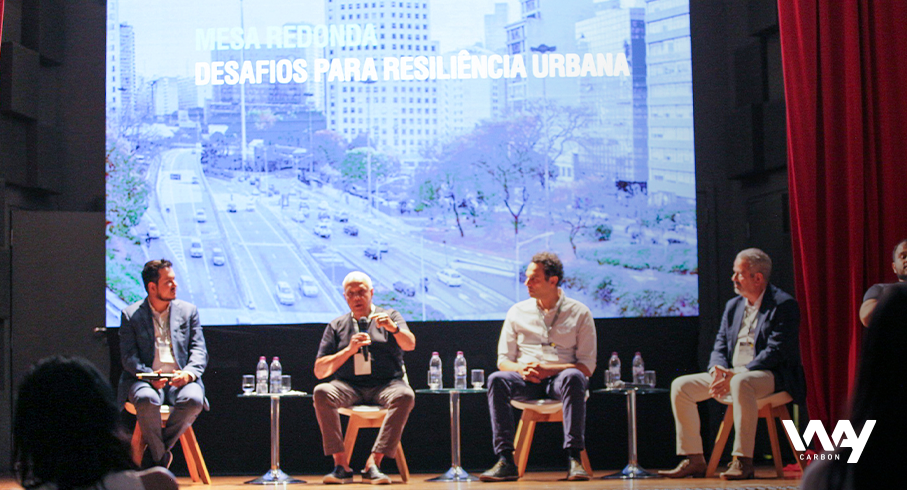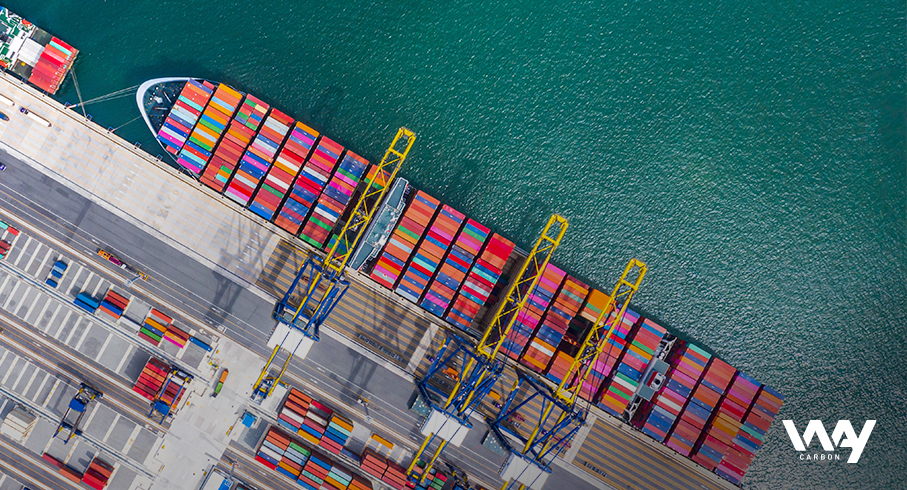Climate resilience and construction: challenges and solutions
Cities are experiencing temperature increases at a rate twice the global average due to the urban heat island effect, according to the Energy Sector Management Assistance Program. Furthermore, data from the United Nations (UN) shows that almost 40% of energy-related greenhouse gas emissions are related to the construction of new buildings. This circumstance makes cities and, consequently, the construction industry, protagonists in actions to combat climate change.
In addition to heat, cities need to increase their climate resilience to other increasingly extreme events such as storms, droughts, high winds, floods and landslides. From this premise the event “Cidades Melhores: construindo uma São Paulo mais sustentável” (Better Cities: building a more sustainable São Paulo) was created.
With gold sponsorship from WayCarbon, the summit took place on March 18, in the Historic Center of São Paulo, Brazil. It was organized by ABRAINC (Brazilian Association of Real Estate Developers) and Secovi-SP (Union of Companies for the Purchase, Sale, Leasing or Administration of Residential or Commercial Properties), with institutional support from the City of São Paulo.
Felipe Bittencourt, CEO of WayCarbon, joined the round table “Challenges for Urban Resilience”, which was part of the “Environment and Climate” panel, alongside Rodrigo Ravena, the City of São Paulo’s Municipal Secretary for Green and Environment, and Fernando Assad, CEO of Vivenda. Roberto de Souza, President of the Buildings Technology Center (CTE), mediated the debate.
Climate Resilience and Construction
According to Bittencourt, we are in the key decade to act to reduce emissions, therefore, it is necessary to unify decarbonization initiatives with climate resilience actions. For the executive, there must be integrated efforts between public authorities, the construction sector, suppliers, financial institutions, and society.
Regarding the role of the private sector in this agenda, the CEO pointed out that a good climate strategy evaluates both the company’s impact on the climate and the climate’s impact on the company, a concept known as double materiality. “Companies must understand the climate risks of their projects and seek low-carbon construction. This is a market demand, a social responsibility and a competitivity factor”, he recommended.
Next, Rodrigo Ravena highlighted the contribution of public authorities to climate action. “Resilience is the ability of a city, person, or enterprise to recover from a climate disaster. The main challenge at this point is adaptation. Therefore, the main work of public authorities on the agenda is to create quality public policies”, said the Secretary.
Closing the panel, Fernando Assad addressed the impacts of climate change on the most vulnerable populations through the case of Vivenda, a company that offers technological solutions for housing improvement programs. “If we want to address resilience, we cannot take the population that lives on the outskirts and are already being impacted by climate change off the radar. Therefore, housing improvement programs are essential.” Assad cited as an example the “Pode Entrar – Melhorias” Program, carried out by the city of São Paulo, with the participation of Vivenda, which will conduct work such as: review of electrical and hydraulic installations, connection of the water and sewage network, roof renovation, external plastering, among others.
Solutions for the public and private sector
WayCarbon’s work with the private sector involves leading companies’ entire decarbonization journey, from developing the greenhouse gas (GHG) inventory to defining science-based targets, proposing action plans and implementing the strategy.
For more mature companies on the topic, we also offer the integration of the climate risk matrix into the corporate risk matrix. In this way, using our consultancy services and the support of MOVE technology, the degree of risk is assessed, the financial impact is evaluated, and the adaptation strategy is defined.
In the case of the public sector, WayCarbon works mainly in developing strategy and action plans for more resilient cities. This scope involves assessing the degree of climate risk; diagnosis; establishing targets and actions; engagement and participation; monitoring and implementation; in addition to support in the development of bills.
Get in touch with our experts.








